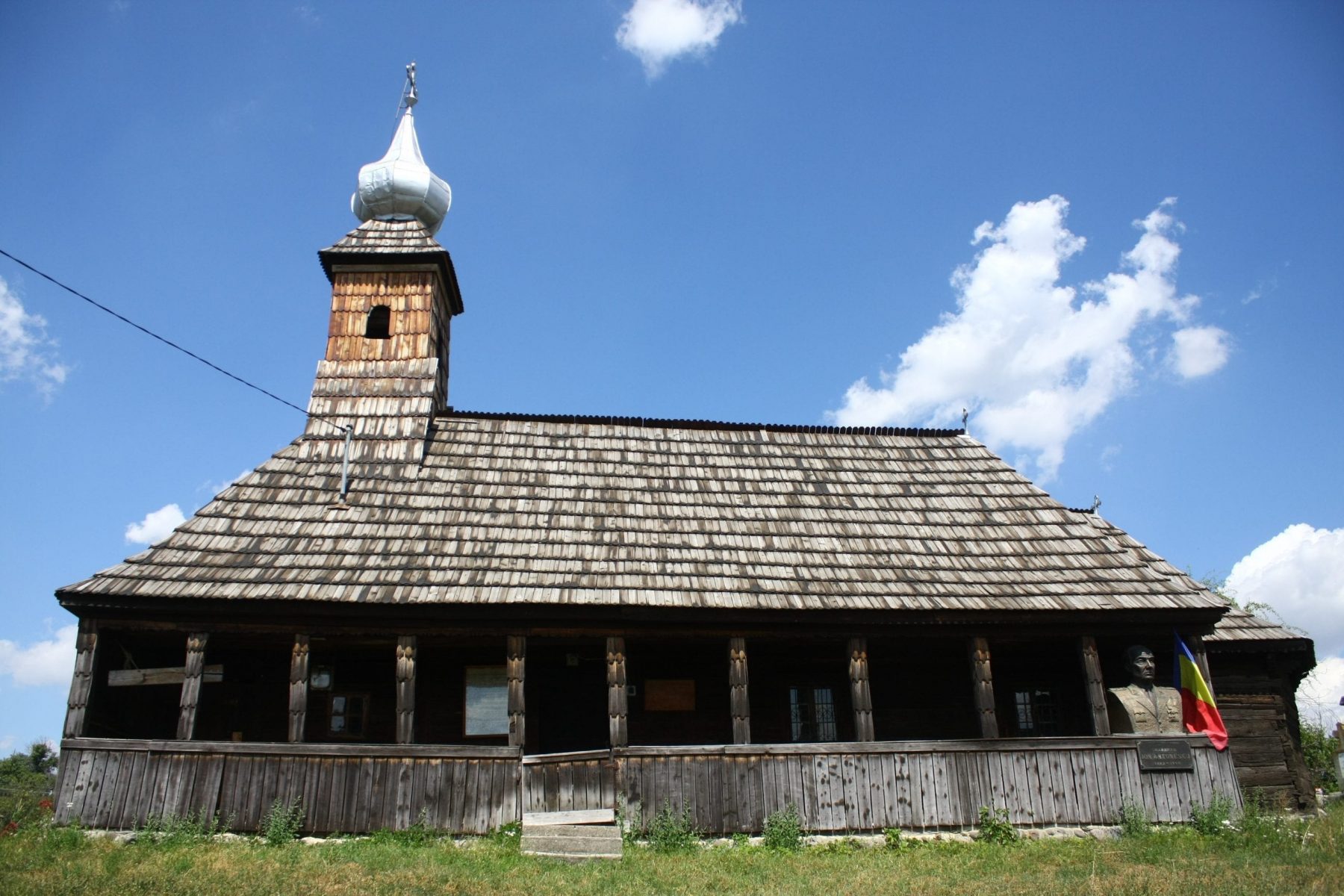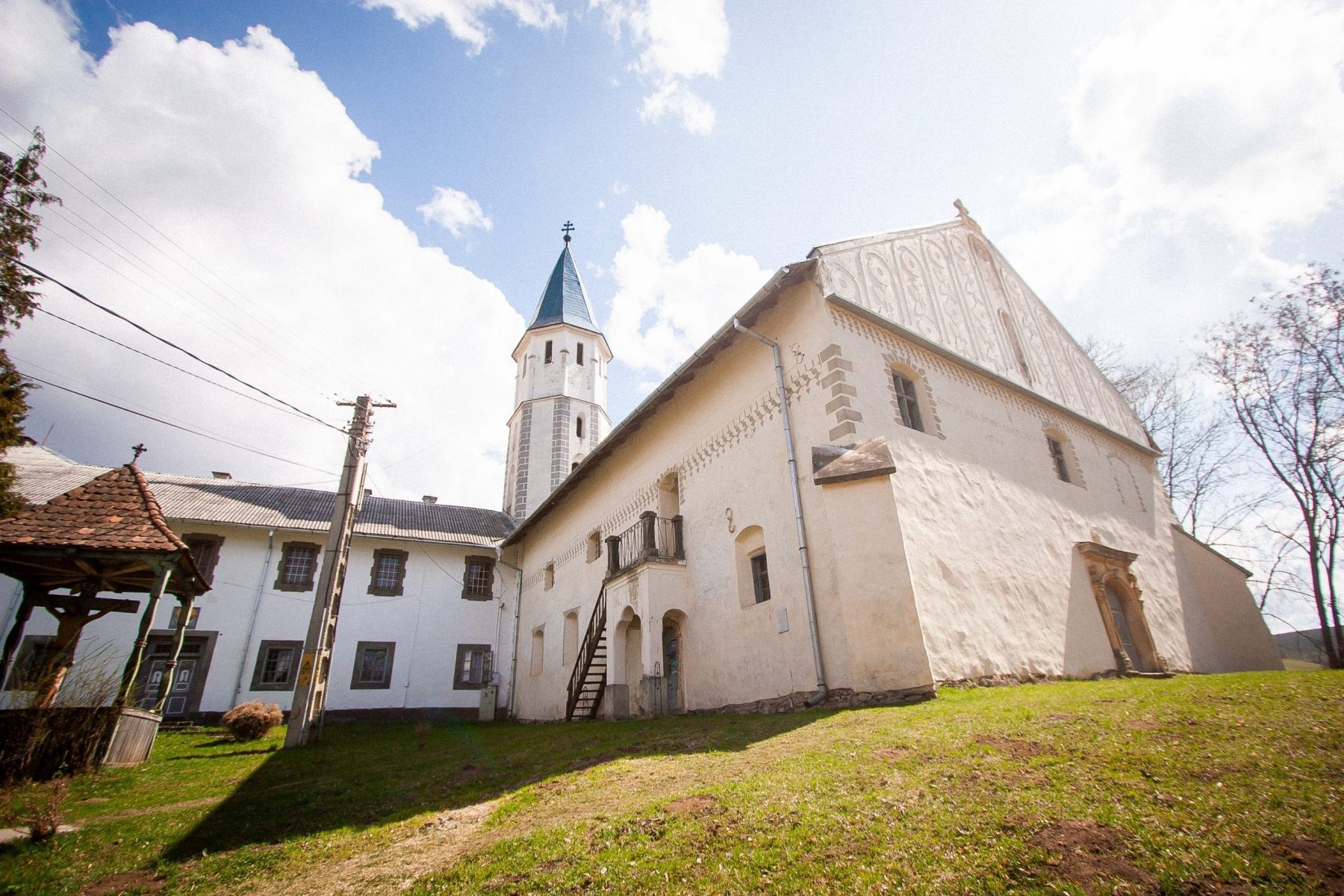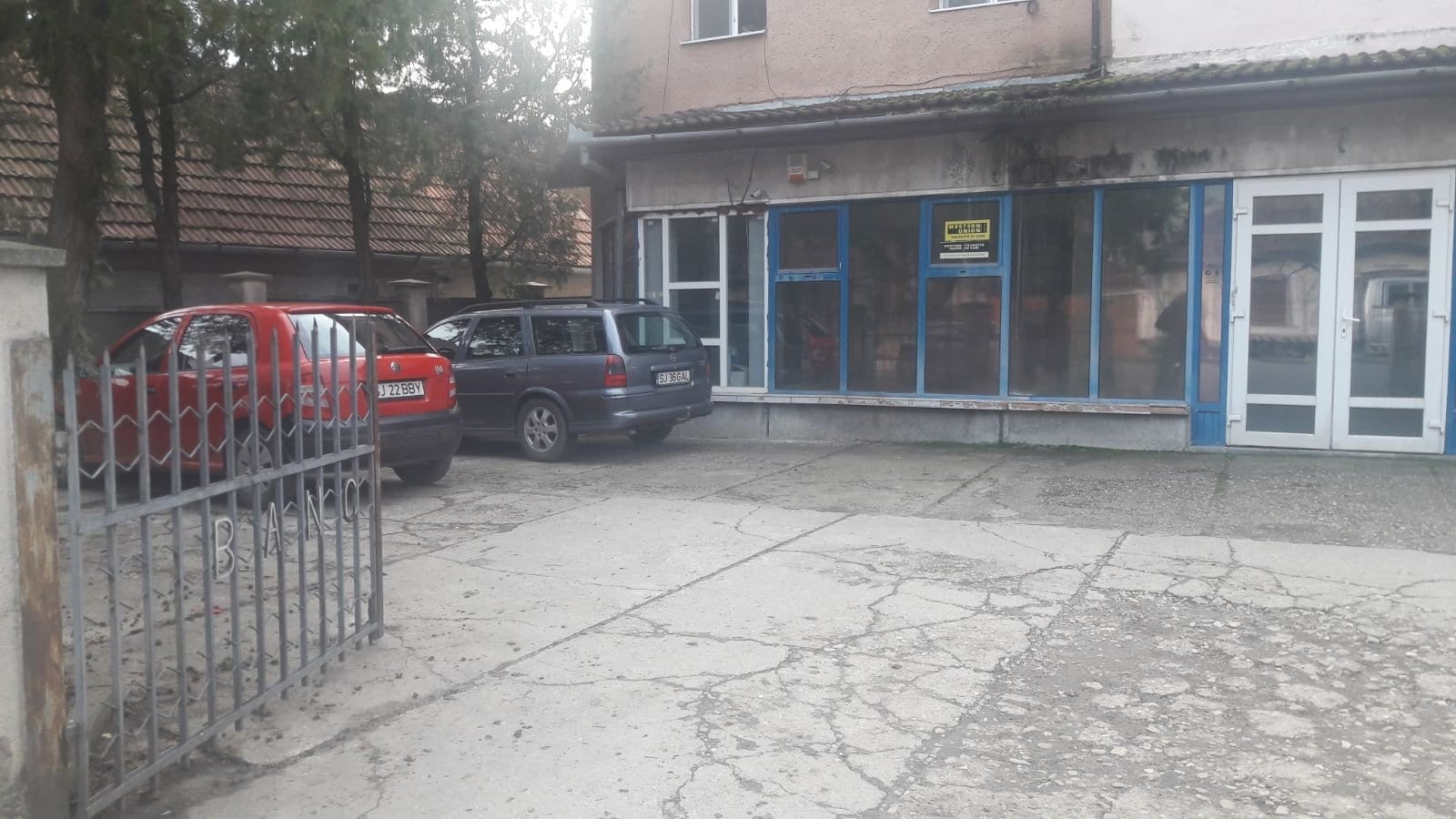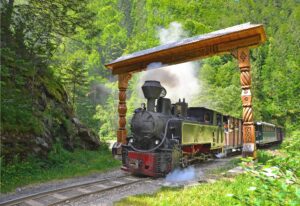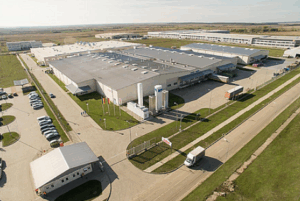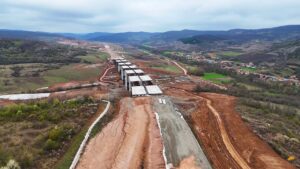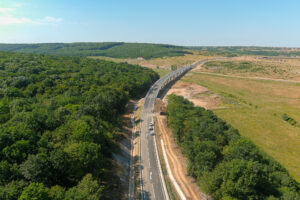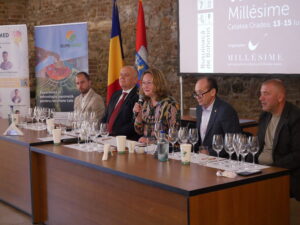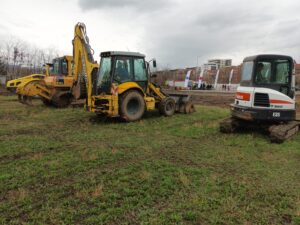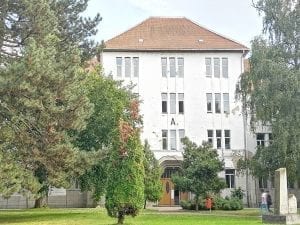The small wooden churches, true monuments of folk art, represent an expression of the Transylvanian Romanians’ need for spirituality and faith, against the background of their status as tolerated subjects, which perpetuated an older prohibition imposed by the Apostolic Hungarian Kingdom against their erecting places of worship made of stone. This is the most plausible argument that explains the development of ecclesiastical architecture based on wood as a raw material in, among others, the Mureş County area. Similar in structure (the typology of their shape is rooted in that of wooden peasant cottages), they are not necessarily standardized because, albeit unitary, their construction techniques and paintings, their spectacular and valuable decorative items, are nonetheless highly individualized, evincing the personal mark of those who built and adorned them. In fact, in a comprehensive study dedicated to these architectural gems, creations of a fervent Romanian spirituality, entitled Wooden Churches of Mureş County, Ioan Eugen Man, a passionate researcher in this field, identifies no fewer than 15 distinct types of places of worship.
It should also be noted that the small wooden churches followed closely the development of wooden peasant cottages. From simple dwellings with a rectangular ground plan, there emerged new elements of architecture, such as porches or verandahs, as an expression of the need to protect the building material, subject to weather erosion.
In terms of their spatiality, most of the wooden churches were built on hills, sometimes on the highest elevation around the settlements, even though – as in the case of the church from Culpiu, in the commune Ceuaşu de Câmpie – they may have been relocated to the village center for salvaging reasons.
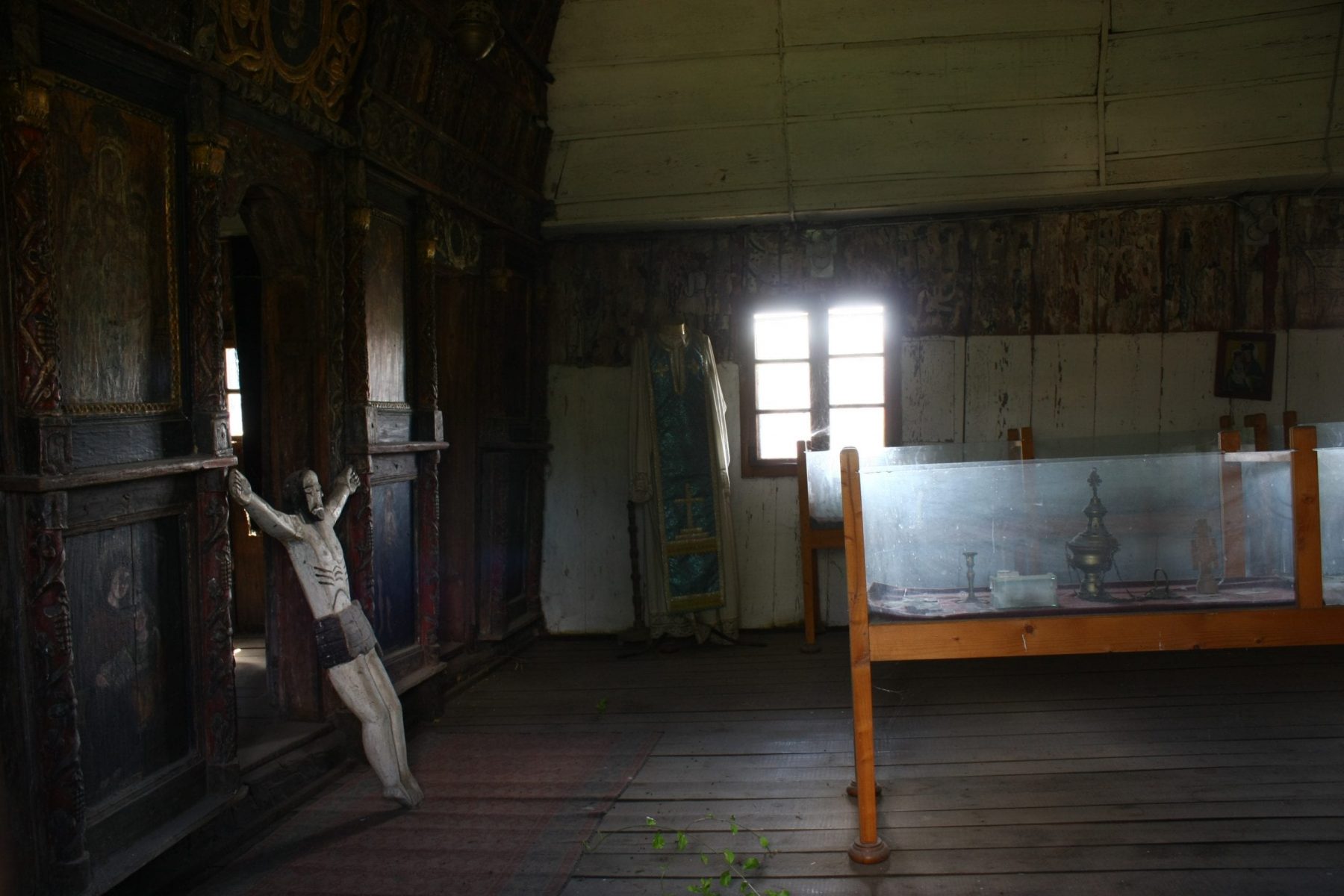
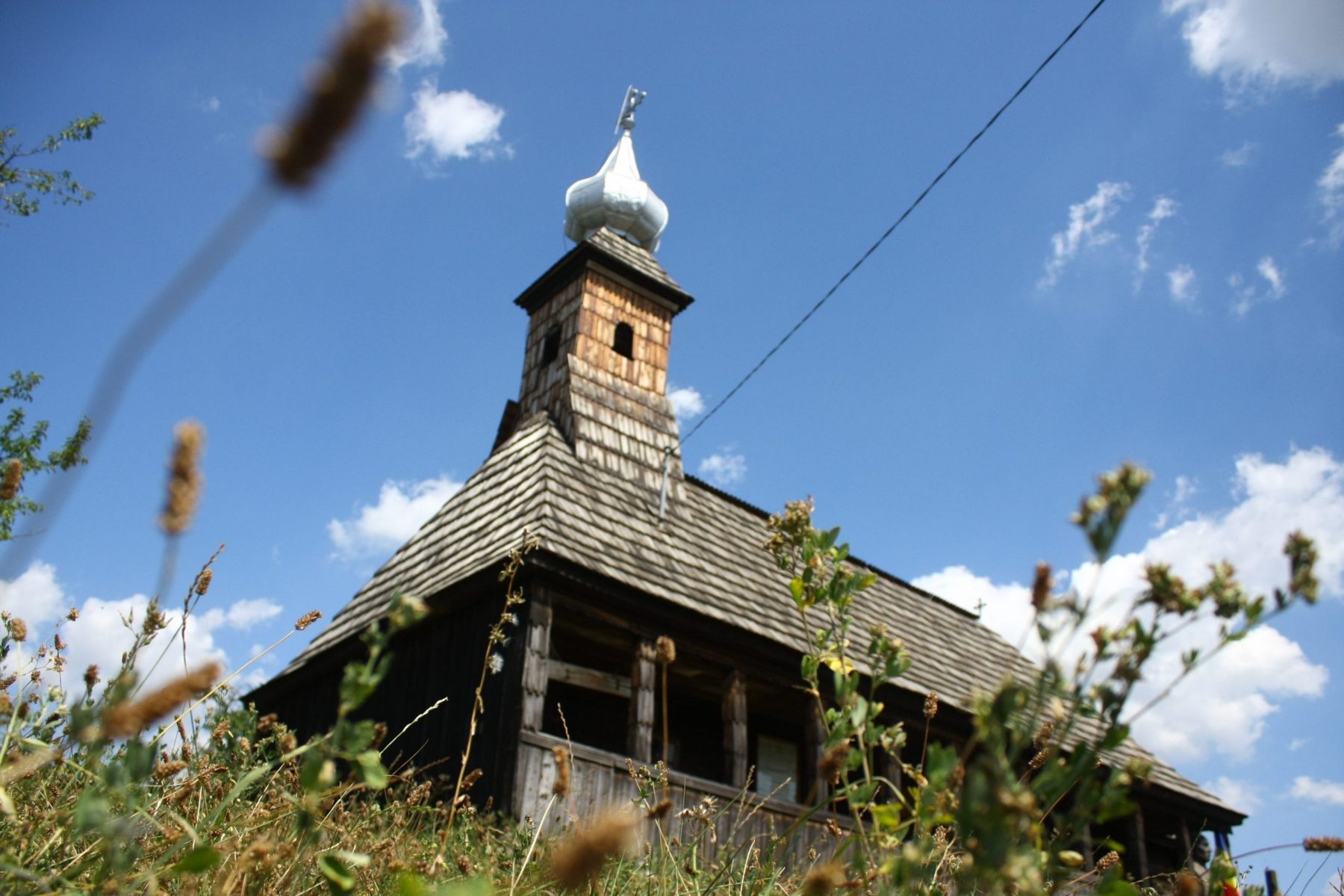
The Museum Church
Above an orchard, at one of the highest altitudes in the town of Sărmaşu, there rises the wooden church dedicated to the “Holy Archangels Michael and Gabriel.” Included on the new list of historical monuments in Mureş County issued by the Ministry of Culture, with the code LMI: MS-II-m-A-15786, the wooden church from Sărmaşu was documentarily attested in the 19th century. Specifically, in 1812, Count Teleki, on whose land the parishioners of the wooden church from Sărmaşu were serfs, gave the order that vast works should start for the restoration of the pre-existing place of worship, which changed its appearance considerably, both inside and outside. The church received a new mural painting and was enlarged, so today it is one of the largest places of worship in this special category of ecclesiastical constructions of folk inspiration. That is why in the history of the wooden church from Sărmaşu, 1812 is considered the year of its first attestation in its present-day form.
The church, which has a rectangular plan, was built of fastened fir tree beams, having a detached polygonal five-sided apse. Although its structure was modified, the narthex and the naos remain enclosed by a barrel vault, while the altar apse has a cradle vault. Outside, a porch was added to the church, supported on wooden poles. The steeple stands apart in the architecture of this place of worship: it was added later and is reminiscent of the Baroque style through the curve and counter-curve lines of the roof that ends with an octagonal bulb, above which a cross is towering.
Inside, the mural has faded largely due to water seepage. What can still be admired are the royal doors, which have endured from the former place of worship, or the carved temple of the iconostasis.
The wooden church was about to be demolished, after no service had been celebrated in it from the mid-20thcentury on: it had been abandoned and was in danger of collapse. In 1981, however, through the care of the Diocese of Alba Iulia, the place of worship was restored. Today, it hosts an ecclesiastical art museum, where one can admire objects of worship and heritage religious books.
An Elegant Restoration
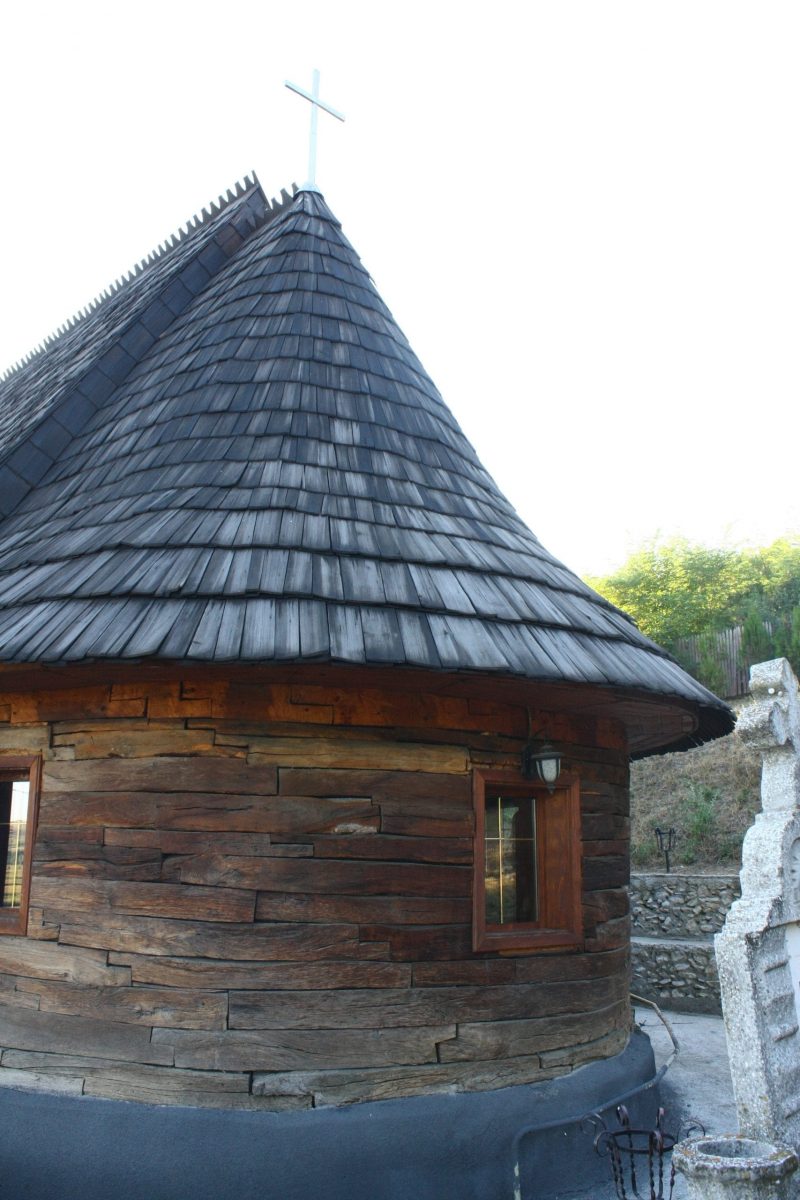
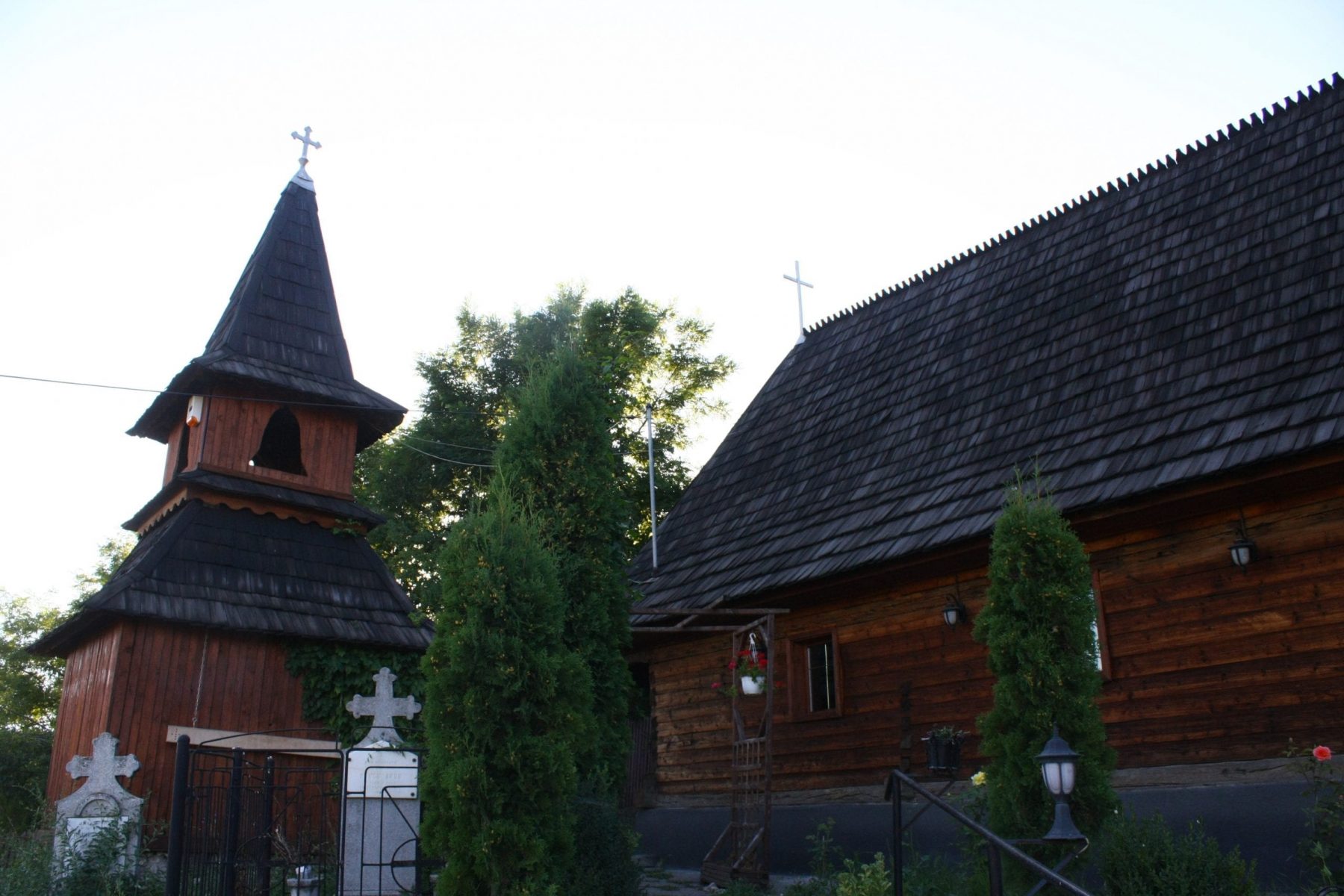
Located in the Orthodox cemetery from the village of Abuş, the commune of Mica, a prevalently Hungarian community, the wooden church dedicated to „The Holy Archangels” impresses through its elegance and the attention with which has been restored. Erected in the 18th century, more precisely in 1772, the church was built mainly on oak girders and was moved onto the present-day site in 1883 from a nearby, landslide-afflicted hill, where the place of worship risked being destroyed. The church evinces the popular style of a towerless peasant’s cottage, the porch being added on its western side at a later date. The church has a rectangular ground plan, being 9.5 meters long and 5.5 meters wide. The semicircular and detached altar apse is unusual for this type of constructions. Its interior is plastered and painted, but the small wooden church from Abuş may have had a mural at one time, like most of the other places of worship in this category. What is remarkable about the wooden church in Abuş is that although it underwent several successive interventions, including the replacement of the shingle roof with one made of tiles, the latest restoration works have helped it regain its old looks. The church is currently covered with shingle. So is the church steeple erected nearby.
The church features on the list of historical monuments.
The Wooden Church from Nadăşa, a Museum in Transylvania
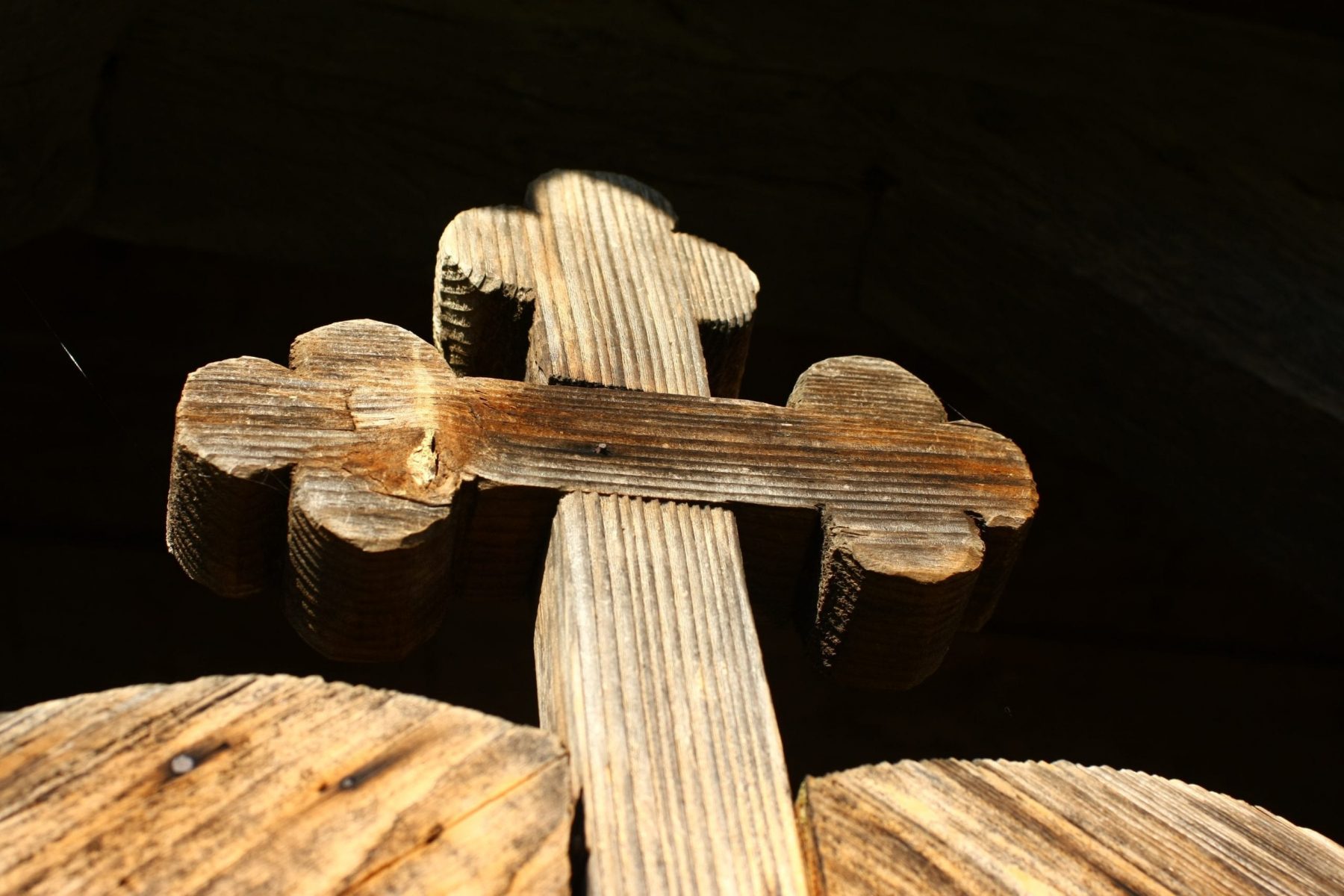
“Dear guest and traveler, you have done well to rest, for a few moments, in the village of Nadăşa, documentarily attested from 1453, to admire this Holy ‘Small church from Transylvania’, included in the National Heritage for its historical value, together with the rich patrimony of cult objects that have been preserved for ourselves and our posterity”: this is written at the entrance to the place of worship from this village in Mureş County, which is in the care of Father Vasile Suciu.
The wooden church from Nadăşa, attested as one of the 150 monasteries in Transylvania, is also known as one of the traveling religious edifices. It was moved from Chiheru de Sus in 1850, but its documentary mention is much older, from 1719, as it is written on an inscription from the outside altar wall, under the eaves: “This holy monastery was made when people ate hawthorn and hazel tree bark and elm tree bark and rush and acorns and corn cobs, in the year 7227.”
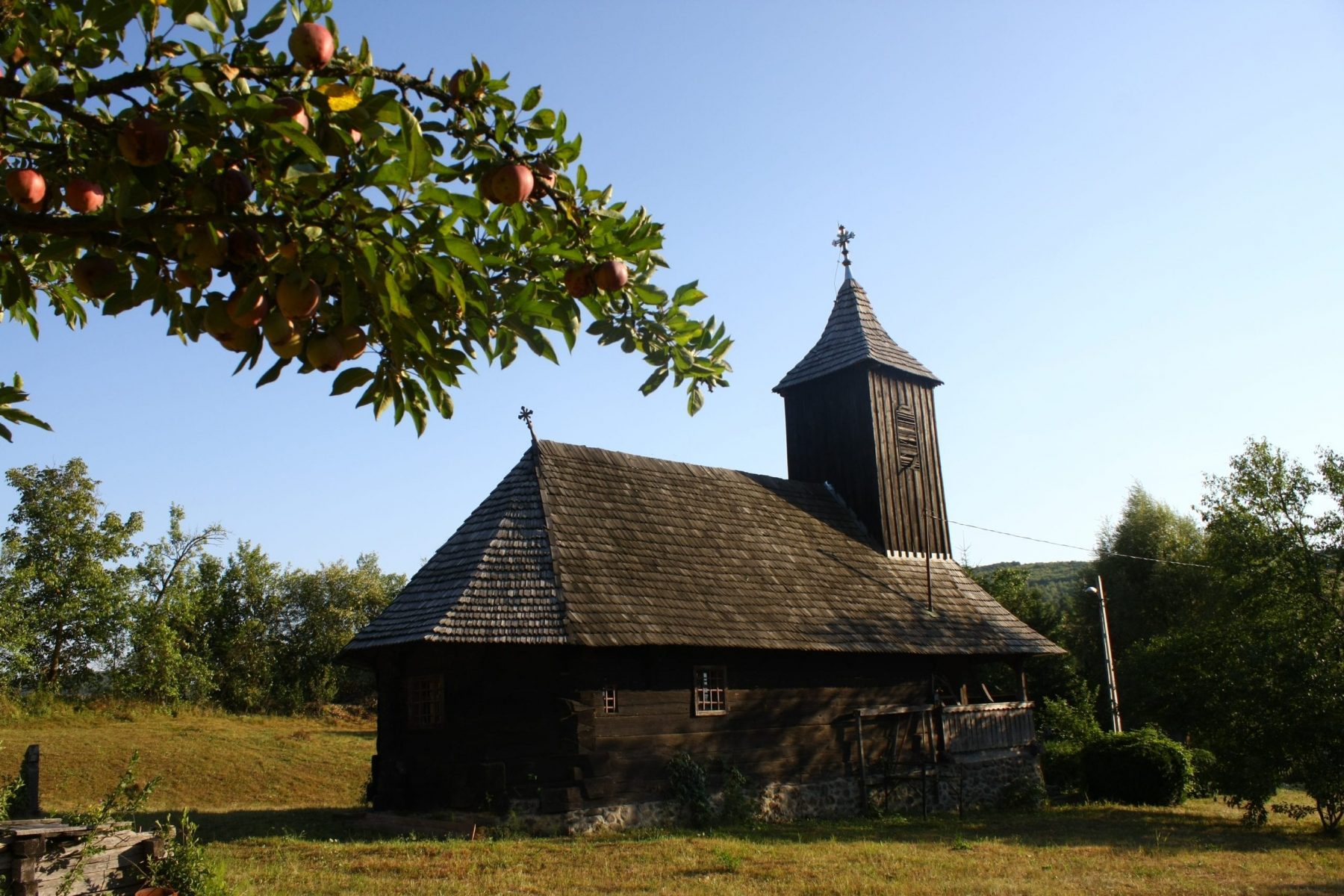
The monastery went through troubled times after the last Orthodox monks were banished. After being deserted, the church was flooded twice, some items were stolen and it was on the verge of collapse. In 1977, at the desire of the priest Vasile Suciu and the believers from Nadăşa, the church was moved and rebuilt on a new site; it was consecrated in 1981 and was included in the National Heritage. As of 1996, the Religious Art Museum in Transylvania functioned here, enriched with icons that have been preserved or recovered, and with valuable religious books, amongst which were the first written documents in Transylvania, Moldavia or Wallachia. Unlike other wooden places of worship, the church from Nadăşa is divided into four sections through wood partitions and also has distinguishing features as regards the altar apse. The eastern end is linked to the northern and southern walls of the narthex, forming a half-octagon. The nave is rectangular, with a four-sided undetached polygonal apse and with a shaft angle. The nave and narthex vault is semi-cylindrical. The church was decorated with mural paintings, but, having been neglected, it was destroyed by water infiltrations in time.
Translator: Carmen-Veronica Borbély
Photo: Eliodor Moldovan
(From the special edition of TB 86 – „ENJOY TRANSYLVANIA!” – May/June 2019)




